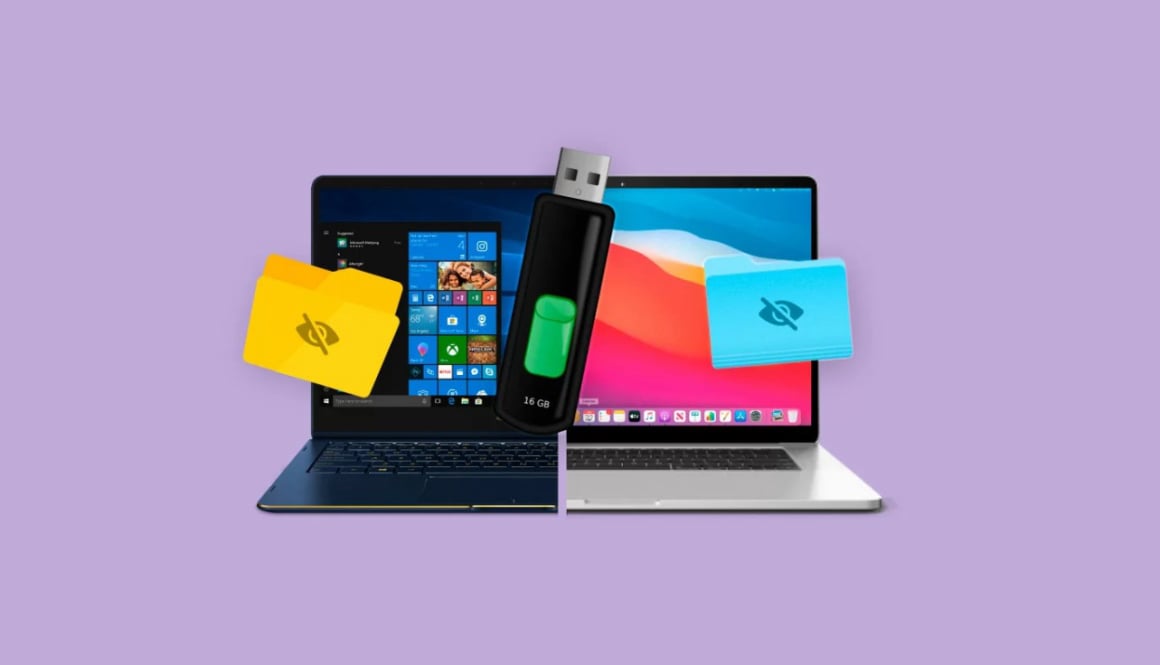Solved: laptop usb flash drive not showing up in File Explorer
The frustration of plugging in a drive only to find your laptop usb flash drive not showing up in File Explorer is a common experience. This issue essentially renders your data inaccessible and can be caused by a range of factors from driver conflicts to partition errors. It's important to know that the drive might be recognized by the system but not displayed correctly. This guide is dedicated to solving the specific problem of a usb stick not showing up on laptop in the file navigation window, providing a clear path to recovery.
Your first action should be to check the Disk Management utility. This powerful built-in Windows tool shows all storage devices connected to your computer, even if they are not formatted or are missing a drive letter. If you see your USB drive listed here, it means the hardware is being detected, which is a good sign. The issue is likely that the drive is either offline, lacks a drive letter, or its file system is corrupted. This distinction is critical for solving the usb disk not showing up laptop dilemma efficiently.
A common and easy fix is to assign or change the drive letter. In Disk Management, if your USB drive has a healthy partition but no letter (like D:, E:), it won't appear in File Explorer. Right-click on the partition and select "Change Drive Letter and Paths." Click "Add" and assign an available letter. If a letter is already assigned, try changing it to something else, as a conflict with a network drive can sometimes cause the usb flash drive not showing up on laptop. This simple action often makes the drive instantly visible.
Driver issues are a frequent cause of a laptop not recognizing usb device. To address this, open Device Manager and look for the drive under "Disk drives." If it's listed with a yellow alert icon, the driver is problematic. You can right-click and select "Uninstall device." Once uninstalled, physically unplug the USB drive and then restart your laptop. After the restart, plug the drive back in. Windows will now attempt to reinstall the correct drivers, which can clear up any corruption causing the laptop usb problem.
If the drive is detected but shows as "Unknown" or "Not Initialized," you may need to initialize it, but be aware this will erase all data. This is a last-resort step. Similarly, the drive may have a corrupted file system. In Disk Management, you can try to format the drive, which will also erase all data but can restore its functionality. Always ensure you have a backup before proceeding with these steps if the data is important. This can resolve the laptop usb stick not showing up issue by creating a fresh, readable file system.
When none of the above software solutions work, the problem likely lies with the USB drive itself or the physical port. Test the flash drive on another computer. If it works, the issue is with your laptop's USB port. If it also fails on another PC, the USB drive is probably faulty or has reached the end of its lifespan. This diagnostic step confirms whether you are dealing with a laptop usb not working scenario or a dead storage device, allowing you to focus your efforts correctly.
